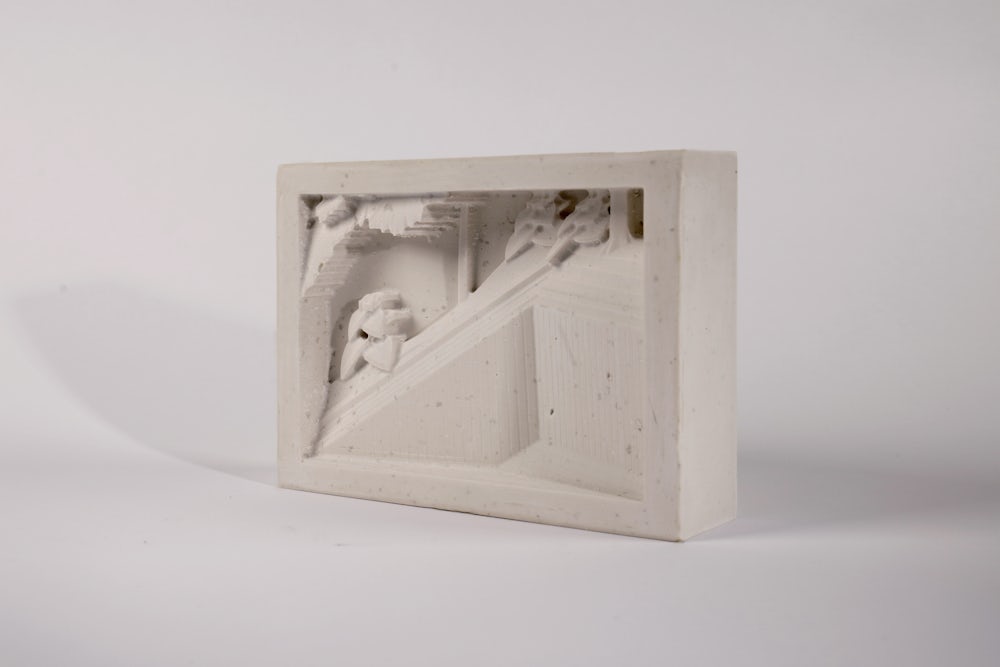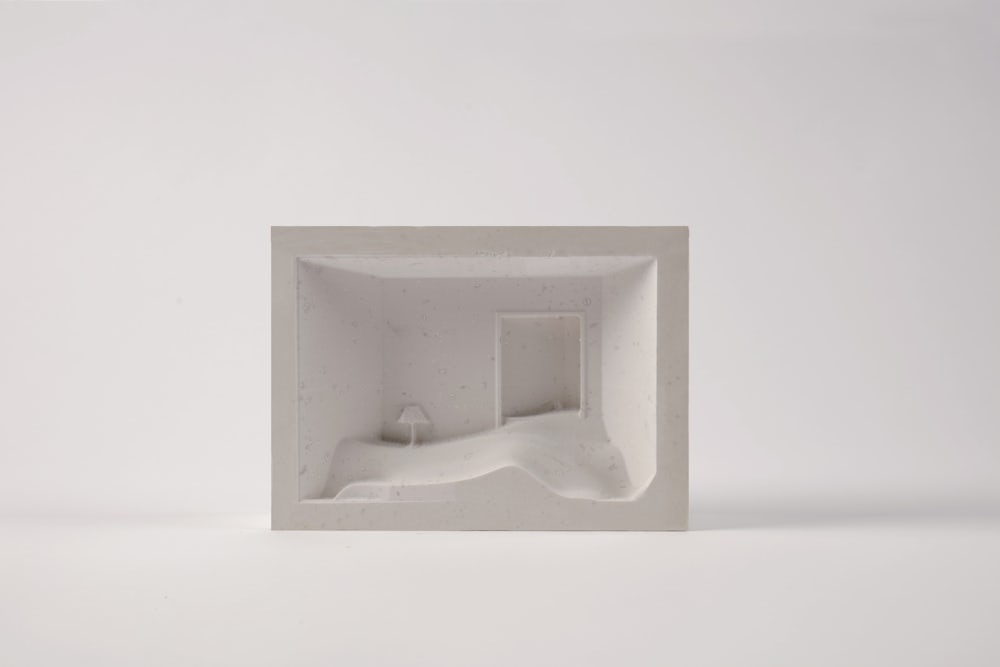This project hopes to explore the highly personal yet collective experience of memory. In particular I am interested in how memory is linked to architecture, and spaces we have inhabited in the past. Our memories are intrinsically linked to a previous state of our bodies. Our bodies change as we grow, with our perceptions of these inhabited spaces changing with them. But some things stay static. Artefacts from spaces become signifiers of time passed and passing, clues with which to locate the memory within a trajectory of our lives. A personal experience of recently revisiting significant places from my childhood sparked this interest, offering an opportunity to reflect upon my changed perception relative to my memory.
The topological condition of places stored simultaneously in memories and in reality mean that despite the continuous change of shape or size of figures that come into contact with them, the place remains constant in both geometrical properties and spatial relations. The place is an affirmation that the memories are real.
Through a series of models, this project mediates the relationship between my own memories, collective memory and physical spaces. The model parallels the static space it is derived from, as the device that holds together the fragments of memory, with varying degrees of clarity. The practice conducted to realise these models is a mediation in itself-from the initial rounds of sketches of the memory which began to sift through the elements, each time becoming more reductive as I focused on singular elements. The decision to not revisit any of the places of the memories before making the model further augments the ambiguity of the representation-in an almost surreal manner - the model presents a distorted space that doesn’t really exist.




